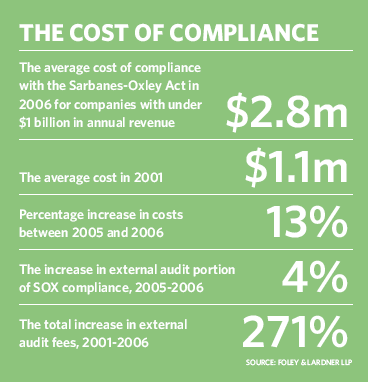The first stage towards developing a scoring system is project preparation. In this step, the goal of the scoring system is defined, this may include an objective to improve credit decisions or to reduce the cost of decision making. Further areas to consider in the project preparation stage are the feasibility study and player identification and responsibilities. The next stage in the development of scoring system involves the preparation of data. Examples of such data prepared are demographics (e.g., age, time at residence, time at job, postal code), existing relationship (e.g., time at bank, number of products, payment performance, previous claims), credit bureau (e.g., inquiries, trades, delinquency, public records), real estate data, and so forth. Data preparation consist of six main activities namely; data acquisition, data pre-processing to treat outliers and missing values, setting the good/bad definition to derive the target variable used in the model, determining the observation and outcome windows to ensure an optimal period is chosen, selecting and formatting the independent variables and sampling design to avoid structural biases.

Once this is completed,the next step of modelling the scorecard can be started. A large by number of algorithms are available to build a scoring model; these include discriminant analysis, linear regression, logistic regression , survival analysis, neural networks and regression trees. Categorical data analysed through statistical techniques such as logistic regression have increasingly been used in PD modelling. Logistic regression models are linear models, that yields prediction probabilities for whether or not a particular outcome (default) will occur. Once a good logistic regression model has been finalized, the decision has to be made where to put the cutoff values for extending or denying credit. Correspondingly, LGD modelling is defined by a set of estimated cash flows resulting from the workout and/or collections process, properly discounted to a date of default. EAD can be modelled as a linear function of the current loan amount outstanding, the estimated time to default, the contractual rate of interest and charges incurred prior to default. The derived final model may be implemented through parameterized decision engines, such as Experian's Strategy Manager and FICO's Blaze , as well as into the application processing and decision-making systems. These allow credit professionals to directly input credit scoring models into their organization's IT system.
Finally, the evaluation process is used to confirm accuracy and monitor the performance of the model. As reject bias is inherent in classification models, a reference inference process can be utilized to estimate the behavior of previously rejected applicants.This can be further used to develop a percentage correctly classified (PCC) measure. In addition, area under the curve measures are widely used to measure the overall discrimination of the model between the distribution of good and bad cases. The most popular of these are the GINI coefficient , calculated using the Brown formula. Another widely used measure is the K-S statistics which represents the maximum difference between the cumulative proportion of each class across the range of model scores. These are particularly useful for gauging the power of a scoring model when the model will be used for setting multiple cut-off scores and evaluating scorecards when the use of the model is uncertain.
Finally, the evaluation process is used to confirm accuracy and monitor the performance of the model. As reject bias is inherent in classification models, a reference inference process can be utilized to estimate the behavior of previously rejected applicants.This can be further used to develop a percentage correctly classified (PCC) measure. In addition, area under the curve measures are widely used to measure the overall discrimination of the model between the distribution of good and bad cases. The most popular of these are the GINI coefficient , calculated using the Brown formula. Another widely used measure is the K-S statistics which represents the maximum difference between the cumulative proportion of each class across the range of model scores. These are particularly useful for gauging the power of a scoring model when the model will be used for setting multiple cut-off scores and evaluating scorecards when the use of the model is uncertain.
The accuracy of the models such as LGD and EAD are problematic to validate due to the low numbers of defaults and problems obtaining data on the amount and timing of post-default cash flows. Additionally, applicant profiles and systems change and evolve over time, and certain data items that were available for model construction may no longer be available within the operational system. Finally, the asymmetric distribution and the sensitivity to economic conditions makes its difficult to model scoring models that perform optimally over time.





























